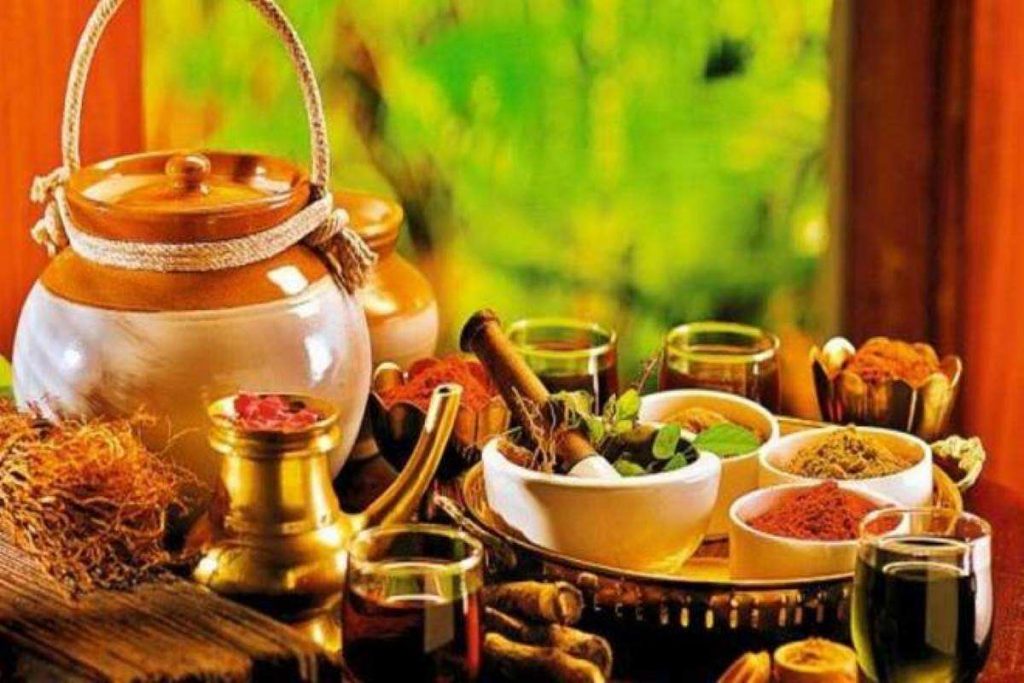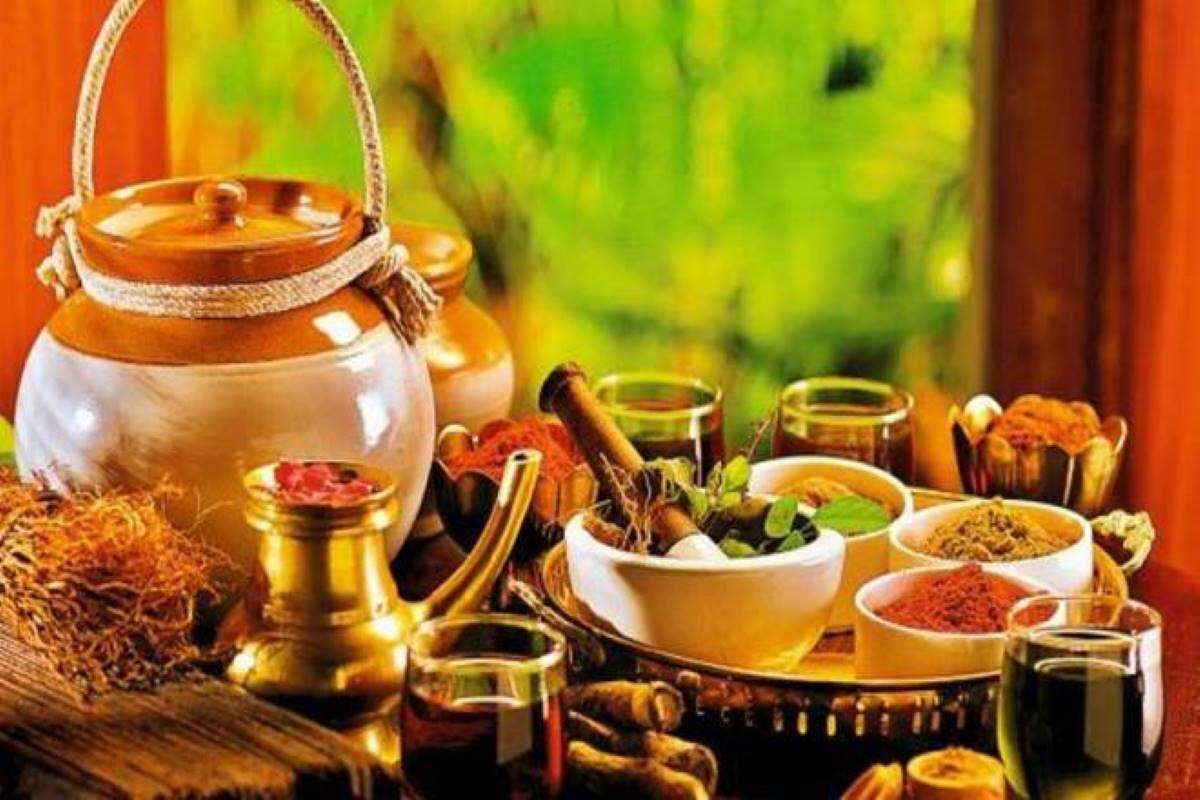By Dr Hitesh Jani, Dr Darshana Pandya and Dr Karishma Narwai

COVID-19 is an infectious disease caused by severe acute respiratory syndrome corona virus 2 (SARS-CoV-2). The disease has been first identified in December 2019 in Wuhan, and has since spread globally, resulting in the on-going 2019–20 corona virus pandemic. Almost 80 percentages of the patients show mild symptoms whereas 20 needs hospitalization and only 5 percentages of the patients require intensive care.
According to the US CDC, symptoms present at onset of COVID-19 are highly variable. However, in the stage of full-blown disease, 83-99% of patients develop fever, 59-82% have, dry cough, 44 – 77% have fatigue, 40 – 84 % have anorexia,31 -40% patients have shortness of breath, 28 – 33% patients havesputum production and 11 – 35 % of the patients have myalgia.[i] Out of that fever, sore throat and dry cough are considered as cardinal symptoms of the disease. CDC further added chill, headache, tastelessness. In some of cases diarrhoea,[ii] haemoptysis[iii] like atypical symptoms are also found. But these are seen only in less than 10% of the cases. Same way skin eruptions also found in more or less the same number of cases.[iv]On the basis of the symptoms the whole disease may be categorized in three stages like;
- Mild to moderate (mild symptoms up to mild pneumonia): 81% of the patients
- Severe (difficulty in breathing, hypoxia, or >50% lung involvement on imaging): 14% of the patients
- Critical (respiratory failure, shock, or multi-organ system dysfunction): 5%
As per the disease outbreak and presentation; current situation can be compared with Janapadodhvamsa, that mass level population gets affected within short period of time.[v]Disease presentation wise it can be put under the heading of Vayu–Kapha predominant Pitta associated SannipatajaJwara.
WHO is working with research institutions to select traditional medicine products that can be investigated for clinical efficacy and safety for COVID-19 management.[vi] As per one article Chinese TCM played a vital role to cure the COVID-19 patients in china.[vii] Same way EHO also supports use of TCM, CAM in the management of COVID-19. [viii]
As far as Ayurvedic management of sannipataaJjwara is concern, it should be treated on the basis of predominant Dosha, not harming the other body tissues of the body as well as not crossing line of management of Jwara. [ix]
Aim:To evaluate efficacy of Ayurvedic line of management in COVID-19 patients.
Material and Methods:
- Study type: Interventional, prospective, multi centric clinical trial
- Purpose: Treatment
- Masking: Open labelled
- End Point: 1. Primary end point – subjective improvement
- Secondary end point – Get free from condition
- Time duration: till the subject gets symptoms free
Selection criteria: the patients having mild to moderate symptoms like fever, dry cough, pain in throat, body ache, dizziness etc. having COVID-19 tested positive and willing to participate in the study were selected for present study.
Inclusion Criteria:
- COVID-19 positive patients having mild to moderate symptoms.
- Patients of either sex.
- Patients age 12 years and above
- Patient willing to participate
Exclusion Criteria:
- High grade fever (Temperature > 103 F)
- SPO2 level < 92
- Breathing difficulty, chest pain on deep breath
- patient having any of co morbidity like uncontrolled HT or DM, Bronchial asthma, CKD or liver diseases
- Age below 12 years
- patients who requires intensive care / ventilator
Assessment criteria: all the patients were assessed as per the CRF – COVID 19, prepared by AYUSH.[x]
Medicine protocol used for the present clinical trial: SanjeevaniVati[xi]is indicated for SannipatajJwara as well as an easy available formulation.GojihvadiKwath[xii] is a useful formulation for respiratory system. PanchgavyaGhritis indicated as one of formulation for SannipatajaJwara[xiii]especially fevers those are exogenous in origin. Taking in to consideration above fact these above three formulations were selected for present clinical trial as primary protocol. Taking in to consideration palatability of the medicine granules were prepared from PachaGavyaGhrit. (Table – 1)
Posology: (Table:1)
| Formulation | Saneevanivati | GojihvadiKwath | Panchgvya Granules* |
| Dose | 1 tablet (250mg each) Three time a day after meal | 20 ml twice a day empty stomach. | 10 grams 2times a day 30 minute after GojihvadiKwath |
| Anupana | Warm water | Warm water | With milk twice a day |
| Duration | Till recovery from the symptoms |
Sanjeevanivati was prepared by M/s NagarjunpharmacuticalsPvt. Ltd. Ta. Kalol, Dist. Gandhinagar. GojihvadiKwathand Panchgvya Granuleswereprepared by Shree Kamadhenudivyaaushadhimahilasahakari mandala, at & Po Ishwariya, Ta. & Dist. Jamnagar.
Panchgvya Granules composition: (Table: 2)
Table – 2 Each 10 Gm granules contain:
| ingradient | Proportion |
| PanchGavyaGhrit | 1.5Gm |
| Milk powder | 3.3 Gm |
| Coco powder | 0.2 Gm |
| Lump sugar | 5 Gm |
- Do’s and Don’ts: All the patients were advised to take light food. They also instructed to have ginger powder 1 gm. twice after meal daily. As well as lime juice (5 to 10 drops) with a glass of water daily.
- Withdrawn criteria – if patient does not respond to the medicine and symptoms intensify persist, develops serious condition (like high grade fever, reduction in SPO2 level) the patients were free to with draw from the trial and shifter to hospital for further management.
- All the patients were free to withdraw themselves from present clinical trial if they feel so.
Data collection method: All the recruited were home isolated after confirmed COVID-19 positive and were contacted daily by telephone, and case report format were filled on daily basis.
Observation:
Status of the patient: The study was conducted during July and August 2020.Total 15RT-PCR tested COVID-19 positive patients were recruited in this trial after taking their consent. Out of those 14 patients completed the trial and cured successfully whereas one subject 21 year male patient developed breathing difficulty with low level SPO2 on 3rd day of the treatment and hence was hospitalized.
Out of the registered patients, 9 (60%) were male followed by female 6 (40%). Maximum age of the patient was 57 years whereas minimum age was 9 years. None of the patients was health care worker and only three patients (20%) had history of domestic travelling within last 14 days.
Two patients took tab. Paracetamol 500 mg thrice a day for first two days along with vitamin B complex and vitamin C tablet for seven days.
Maximum9 (60 %) patients had self-reported fever (average temperature –100.5˚F), followed bydry cough6pts.(40%) patients, body ache 6 pta.(40%), weakness2 pts. (13.33%). Sore throat, loose motion, not to have taste, headache, and nausea, each was found in one patient (6.66%) each. In this recruited patients only one patient had Type – 2 Diabetes Mellitus as comorbidity.(Chart: 1)
Average time was taken to normalize the temperature was 4.22 (+2.41) days. Dry cough was disappeared on 9.83rd day average (+2.15) days. Body ache took maximum time to disappear i.e. 10.66th(+0.25) day. Loose motion found only in one patient and that was started to reduce on day 6th and returned to normal consistency on day 7th. Same way sore throat, headache, tastelessness and nausea was observed in one patient each and that was disappeared on 9th, 10th, 9th and 8th day respectively. (Chart: 2)
All (14) patients become symptom free latest by 12th day of medication. Out of those 14 patients, 7 subjects underwent for RT – PCR after completion of medication and all those remained negative for the same.
Discussion: As per the presentation, COVID-19 resembles with Kaph–Vayu predominant exogenous type of SannipatajJwara, hence it should be treated in the line of the management of the same. SanjeevaniVati is a unique formulation mentioned in SharangdharaSamhita where its indications are SannipatjaJwara, Atisara, Ajeerna as well as snake bite in different dosage. Hence it may act to break pathogenesis of such condition where all three Dosha are involved. simultaneously ingredients of GojihvadiKwath specially useful for dry cough as its almost ingredients having soothing effect also, that may have prevented the system from further damage and recovered the patients within time.PanchGavya granules contain PanchGavya Ghee. It is one of the unique formulation for SannipatajaJwara itself especially exogenous in origin[xiv]ingredients of PanchGavya are cow dung, cow urine, cow milk, curd prepared from cow milk and ghee prepared from cow milk. Here interesting thing is, the formulation is not mentioned in JwaraChikitsaAdhyaya but it is said that “the formulations said for disease of psyche are to be used for SannipatajaJwara” such formulations should have Sukshmaproperty that can reach up to cellular level within short period of time. This is the hypothesis that 14 out of 15 patients treated successfully and gradual reduction of symptoms was noted. Further Cow dung as well as cow urine has Sharma property means it purify body tissue[xv]hence it provide health and prevent body tissues from further damage. By this property it may be helpful the patients to check the progress of the disease and revert the symptoms by detachment of Dosha and Dushya from each other and hence Vighatana of the Samprapti.
Though the sample size is less hence it needs more data to conclude, but still the results are encouraging and hence may be implemented on large scale.
Conclusion: Ayurvedic management protocol for COVID 19 patients is effective for mild to moderate type of SARCE COV 2 patients.
Acknowledgement:RashtriyaKamdhenuAyog
Conflict of interest:None
[i]https://www.cdc.gov/coronavirus/2019-ncov/symptoms-testing/symptoms.html accessed on 14.08.2020
[ii]Tian Y, Rong L, Nian W, He Y. Review article: gastrointestinal features in COVID-19 and the possibility of faecal transmission. Aliment PharmacolTher. 2020;51(9):843-851. doi:10.1111/apt.15731
[iii]Sharad Joshi, AnkitBhatiya, NiteshTayal, Dheeraj Nair, Hemoptysis as an initial presentatipn of COVID-19 – An observation, Journal of the associan of physicians of India, June 2020 68: correspondence
[iv]Puthiyedath R et al., Ayurvedic clinical profile of COVID-19 e A preliminary report, JAIM, https://doi.org/10.1016/j.jaim.2020.05.011
[v]Agnivesh, Charaksamhita, edited by Y.T.Acharya, ChaukhambhaSamskritSansthan Varanasi, 4th Edition, VimanSthan 3/5; 241.
[vi]https://www.afro.who.int/news/who-supports-scientifically-proven-traditional-medicine, assessed on 11.09.2020
[vii]Zhang Yangfei | chinadaily.com.cn , 6 effective traditional Chinese medicines for COVID-19, https://covid-19.chinadaily.com.cn/a/202003/17/WS5e702f52a31012821727fa19.html Updated: 2020-03-17 assessed on 11.09.2020
[viii]WHO supports scientifically-proven traditional medicine, https://www.afro.who.int/news/who-supports-scientifically-proven-traditional-medicine, assessed on 11.09.2020
[ix]Agnivesh, Charaksamhita, edited by Y.T.Acharya, ChaukhambhaSamskritSansthan Varanasi, 4th Edition, ChikitsaSthan 3/283-286; 423-24
[x]AYUSH Guide lines for Ayurveda practitioners for COVID19 page 30
[xi]SharangdharSamhita, edited by Prof. KR Murthy, Chaukhambhaorientaliya, re print edition 2016, MadhyamKhanda, GutikaKalpana 7/19-21, P:103
[xii]Harishankar Sharma, AyurvediyaBhaishajyaKalpana, University GanthaNirmana Board, Rajpipala, 1st Edition 1986, KwathKaplana 17/3, : 147
[xiii]Agnivesh, Charaksamhita, edited by Y.T.Acharya, ChaukhambhaSamskritSansthan Varanasi, 4th Edition, ChikitsaSthan 3/304-309; 426
[xv]Agnivesh, Charaksamhita, edited by Y.T.Acharya, ChaukhambhaSamskritSansthan Varanasi, 4th Edition, SutraSthan 1/98; 21
Chart: 1
Chart : 2 Temperature normalization of 9 patients of COVID 19
The Authors are Ex. Principle, Gujarat Ayurveda University, Assistant Professor, Roga Nidana Dept., IPGT & RA, Gujarat Ayurveda University and BAMS, Gujarat Ayurveda University


